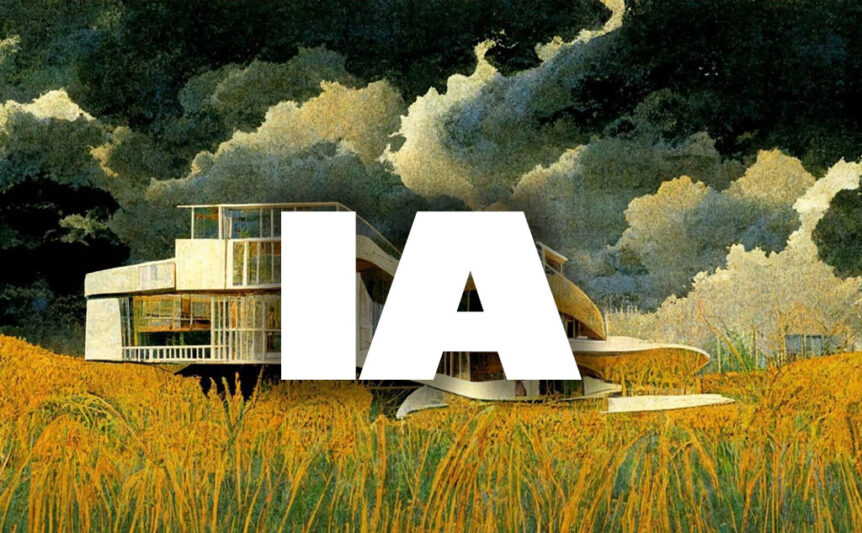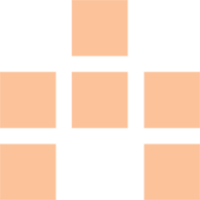
Inhuman Architecture
ChatGPT Identifies Inhuman Architecture — But Can We Please Stop Building It?
Because of their training, architects are clueless about what happened. Most of them are ideologically committed to supporting stale design ideologies dating from the 1920s. Can we please fix this—for the good of humanity? Restructuring architectural education to teach discovered truths instead of design dogma is long past due, but reforming sclerotic academia poses a monumental task.
The key to doing this is to acknowledge that AI vastly improves the human connection between students and a topic. Ironically, “Artificial” Intelligence reveals architectural reality that a portion of the human population denies. There is a difference between how humans and machines think; but in the case of architecture, the surprise is that the humans behave unintelligently. AI reveals a deep disconnect between human senses and the design of our environment that many people fail to grasp. Those individuals override their own senses to believe what the design profession and vested interests tell them.
This essay suggests that both the common person and the aspiring young architect can use AI in re-discovering adaptive environments. Responses from ChatGPT incorporate what researchers already know based on medical and neuroscience data. But mainstream architects confined in an intellectually barren world willfully ignore these findings on what everybody—including themselves—feels.
